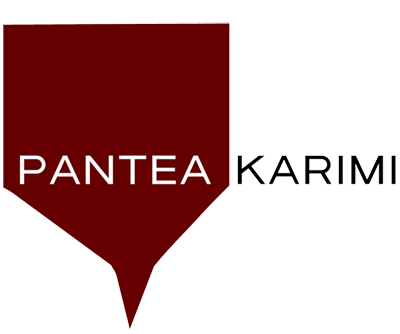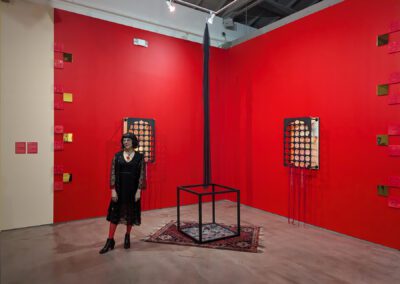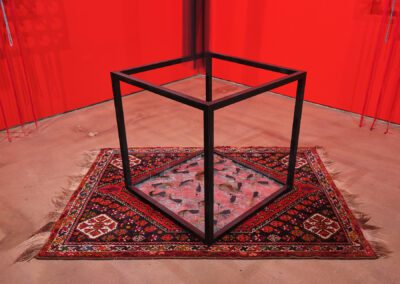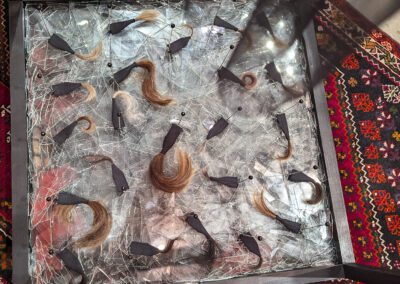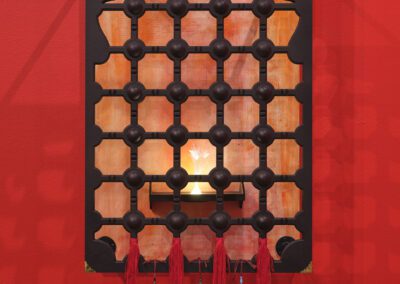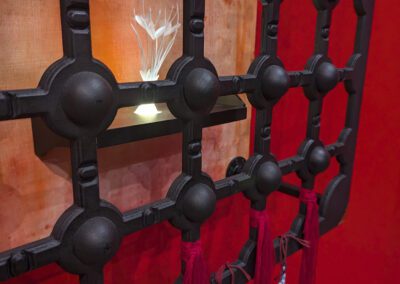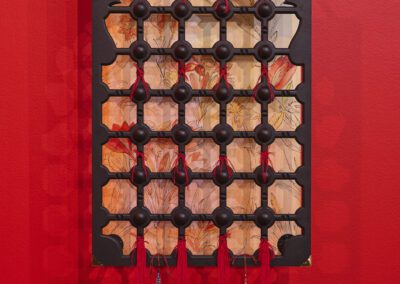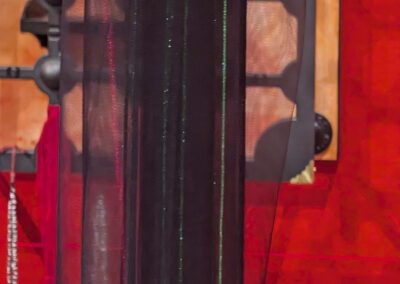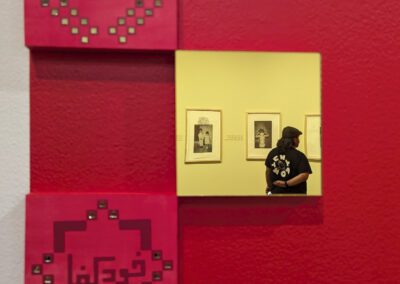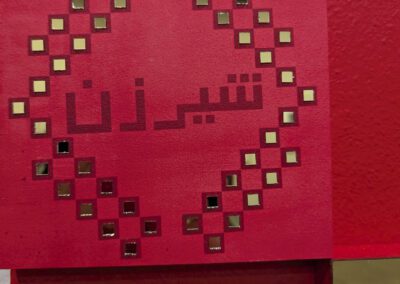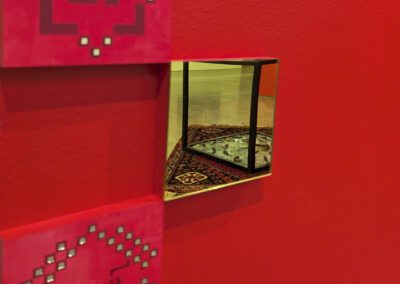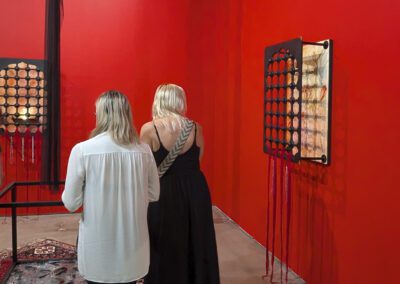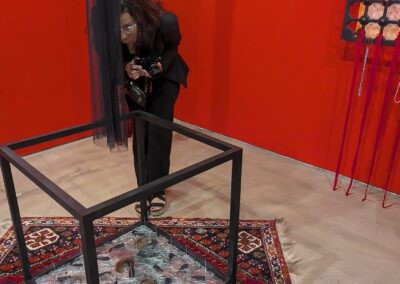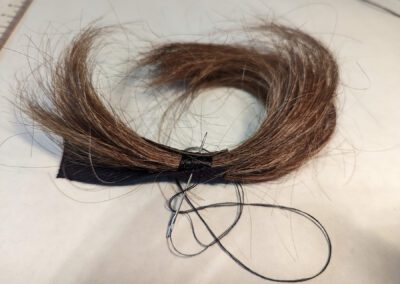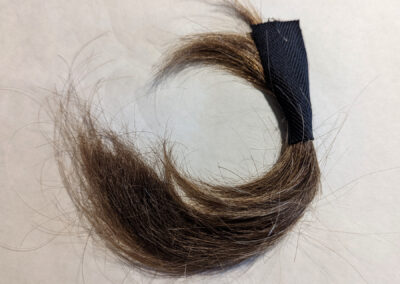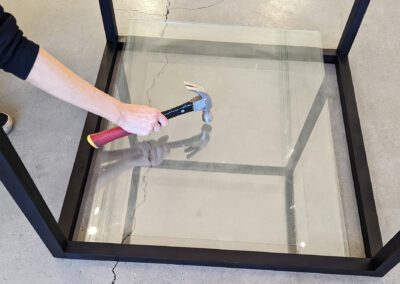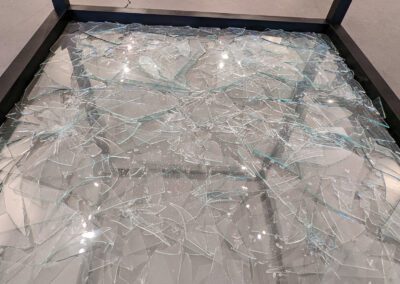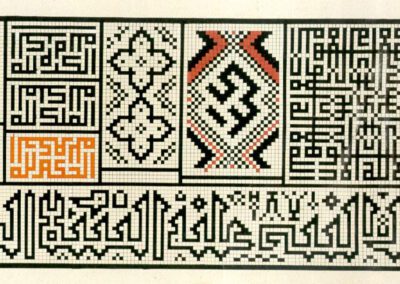Allegedly the worst is behind us, 2024
Institute of Contemporary Art San Jose
Curated by Zoë Latzer
Curatorial Statement: “The exhibition features twelve contemporary artists who work to mend and amend the past in reckonings with memories, records, and archives, acting as both revisionists and storytellers. Drawing from their own family lineages and cultural backgrounds, in many cases lost or ruptured through forced relocation or removal, each artist explores what it means to be a living archive, carrying previous generations’ experience into the present. Through investigations in installation, painting, and video, they affirm the importance of art in keeping and questioning history—creating not mythic pasts but active practices for considering what stories need to be told, and, even rewritten.
In Allegedly the worst is behind us, past knowledge and future imagination meld in the hands of living artists who show us how re-examinations of history can offer insight towards the radical changes needed for today. The exhibition prompts the questions: What does it mean to inhabit a fraught or silenced history? How do we critically analyze and reconstruct historical narratives while caring and tending to our communities? How can reflecting on the past create spaces of liberation for the future?”
Naked Cube, hand-made wood cube sculpture (30 x 30 x 30 inches), tulle veil (10 feet), hair, fabric, steel rods, and shattered glass
I stitched each donated piece of hair to a black cone-shaped fabric where the hair reveals itself from the narrow bottom end, as a metaphor for the struggle, freedom, and ultimately the agency over bodily-autonomy Iranian women demand. The hair pieces are installed inside an open black cube structure, referencing Kaaba, laid on broken glass pieces, with a 10 feet long veil hanging over them from the ceiling; exposing both Iranian women’s struggle and bravery. Naked Cube is dedicated to Iranian women, and my cousin, Sadaf, who was cornered and beaten by the morality police during a protest on October 9th in Shiraz, Iran.
Photo credit: Keith McCullom @bukuflex
Six of the videos of volunteer women cutting their hair
Volunteer women who donated their hair:
Dr. Ladan, A. (Curator of South Asian and Islamic Art at ), Dr. Persis, K. (Neda Nobari Distinguished Chair, Center for Iranian Diaspora Studies @San Francisco State University), Summer B., Heather W., Joelle B., Jordan K., Valerie B., Sahba S., Mahsa V., Roya P., Anahita B., Sara A., Fariba B., Arezou P., Hamideh G., Sara T., Junko T., Johanna P., Jennifer L., and Victoria H.
The 10th-century poet Ferdowsi in Shahnameh: Book of Kings, referred to the hero Siavash’s wife cutting “her musky tresses” to grieve for and protest his death.
Inspiration and Research
Square Kufic is an Arabic script. The script was originally created with bricks and tiles in Iran, during the medieval period, functioning as pixels.
Arabic and Persian languages use similar alphabets but the languages don’t share the same origin. Below are examples of tile patterns and Square Kufic script, functioning as pixels, from the Topkapi scroll, in late medieval Iran.
